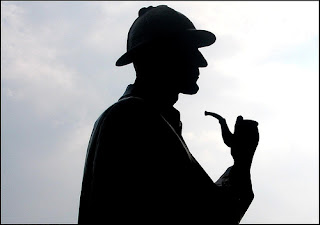OBJECTIVE
Help trainees to find out about one another according to various individual and social characteristics.
PROCEDURE
1) Ask trainees to find someone who:
* had the same breakfast as you
* has the same shoe size (or has the same size hand)
* has a different religious belief
* you haven't met yet, but would really like to
* has the same favorite season
* has the same favorite sense
2) Ask trainees to walk to / arrange yourselves according to:
* the place where you were born
* the place where you live
* a place you would like to visit
* a place where a memorable event took place for you
3) Ask trainees to lineup according to:
* number of siblings
* thumb size
* number of glasses of water (or cups of caffeine) you drink per day
* introversion / extra-version
* how tired / alert you feel
* number of different countries you've visited
DISCUSSION QUESTIONS
None
MATERIAL REQUIRED
None
APPROXIMATE TIME REQUIRED
15 minutes
SOURCE
http://wilderdom.com











